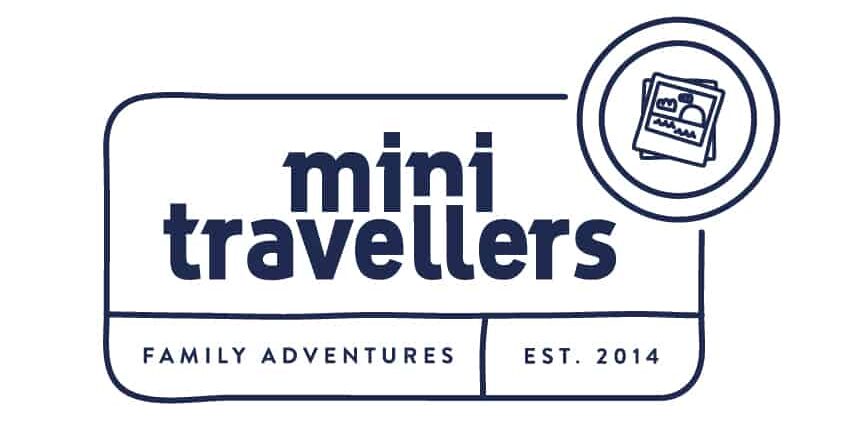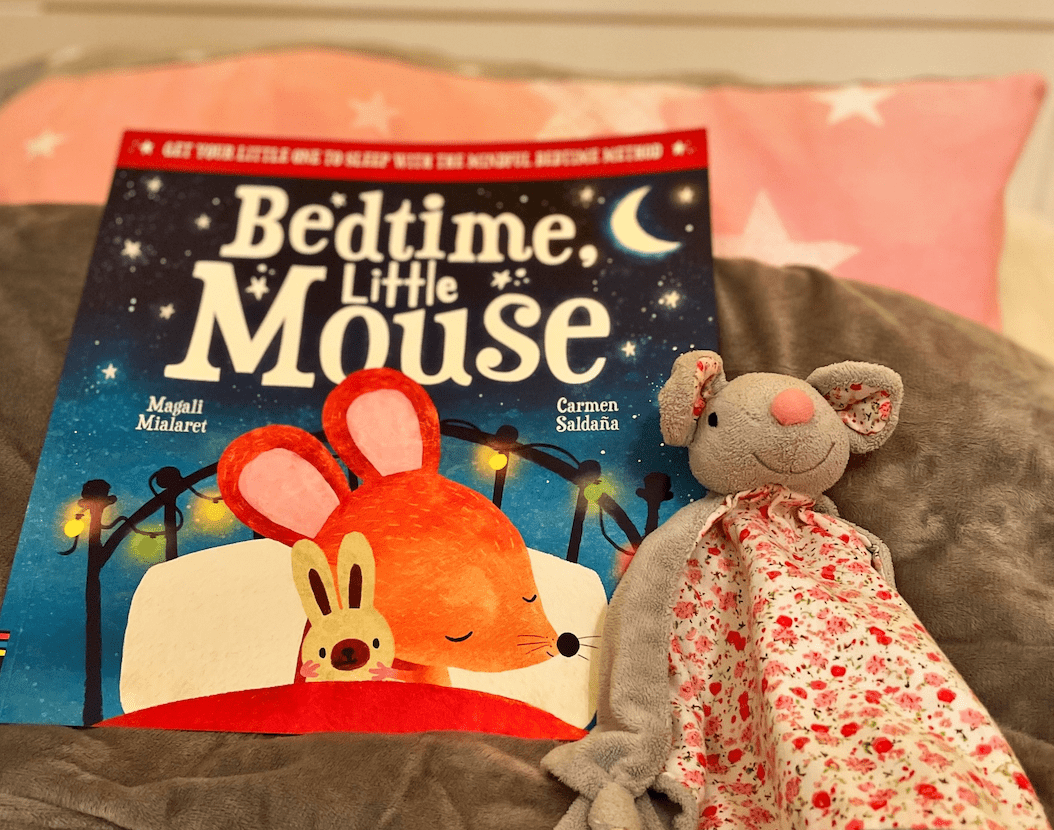Traveling with kids is one of the most rewarding experiences. Whether you’re visiting foreign places or discovering the village next door with them, you’ll see and feel things in a way that adults alone can’t do. When my daughter was born we lived in Australia, traveling extensively to Bali, New Zealand, Japan and every two years back to Europe to see family.
The first time she was six months and that was easy, but the few years after were a bit more challenging. Finding a sleep routine that can be taken on the road, or plane, and will work in a foreign looking room, hotel crib, etc., was essential. We had to have a bit of home on the go and Bedtime, Little Mouse is doing just that.
Sleep is essential for the brain of your child to flourish, but there is so much weight on bedtime and sleep, and the timing of it being at the end of the day when everyone is exhausted often makes it challenging. With Bedtime, Little Mouse, I wanted to change the narrative and make it a special moment for everyone without expectations, a lovely experience.
AD | I have been or could be if you click on a link in this post compensated via a cash payment, gift or something else of value for writing this post. See our full disclosure policy and privacy policy for more details.
 Bedtime, Little MouseShop on Amazon
Bedtime, Little MouseShop on Amazon
Bedtime, Little Mouse has two parts. The first is a story. Stories are great to foster imagination and increase self-awareness. The second is a guided magical time to shift from the day rhythm to sleep rhythm, like a soft and warm blanket on a cool night. Bedtime, Little Mouse is that blanket, a moment of connection with each other, and a gentle change in breathing that sets up your child for a good night’s sleep.
When my daughter was little, around three, we started a little bedtime routine. I started to retell the story of her day as if she was a little mouse. The little mouse would go on many adventures, all parallel to what I knew had happened during her day and then do some nice feeling self-regulation exercises using mindfulness techniques.
We still use that story today (don’t tell anyone, she is 13). Maybe she doesn’t do it as much anymore but, when she is exhausted or nervous about an exam, I tell her to do the little mouse and she smiles, as it’s just like we are back in her bedroom when she was a toddler.
We did the little mouse routine many hundreds of times, each time the story was different and the end was the same: the little mouse falling asleep using mindfulness practices taught by mummy mouse or daddy mouse.
Looking back at it, where did that idea come from? At the time I was following my executive coaching accreditation, studying for a postgraduate in applied neuroscience and doing a lot of yoga, I became a 500RYT teacher and kid yoga teacher.
The neuroscience course I was taking taught me many things. One of them was the power of retelling and reappraising stories or experiences, looking at the situation from a distance, like an observer. Funnily enough, this technique is used quite a lot in coaching too – and yoga was teaching me how to use breathing to relax mind and body in harmony at the end the work day.
At that time, I didn’t know that I would start writing books about the stories I was telling. I was deep into work life, mummy life, student life. Everything I learned, I applied to myself, my team and my child.
Retelling her day even though I had a different one, the rhythm of the routine and the relaxation at the end, was also helping me to fully be present with her and also it was very soothing for my busy mind and tense body. We connected, she fell asleep and my day at work melted away. This little mouse was magic.
Helping a little one to relax can be very difficult, but storytelling has incredible power. Through teaching yoga to children, I found out that if you tune into what the child’s energy is through story, then gently go with it to bring the story to a more relaxing rhythm the children all melt into the practice.
With a story that allows the child retell his or her day and release whatever tensions and joy came with it, then a gentle but consistent self-regulation practice, the little mouse recipe was tested, connecting body and mind. It worked for us, for my friends and for my little yogis so I created Bedtime, Little Mouse.
Another thing I learnt during my postgrad that helped me a lot is how our cardiac rhythm affects others and vice versa. As a busy parent, taking those deep breaths before entering the bedtime routine was so supportive, shifting my nervous system from the expectations of all I had to do after it, to being in the moment.
 Bedtime, Little MouseShop on Amazon
Bedtime, Little MouseShop on Amazon
I have lived in three different countries with my daughter, and I grew up in a fourth one. The search for wellbeing practices to help self-regulate using the breath is present in all those places, through different cultures and even languages. Why? Because the respiratory system is very easy for children to learn to regulate. Many of us breathe in our upper chest which is often called ‘shallow breathing’.
Deep belly breathing is the soothing calming, slow and relaxing breath. I learned how to breathe deeply at 31, thanks to Lauren, my amazing yoga teacher and I couldn’t help but wonder “what if I had learned that when I was little?”
In Bedtime, Little Mouse, I want to give children all around the world the opportunity to learn how to regulate their breathing at an early age, and not in the middle of a yoga class in their 30s. The book I wrote ensures that you have the practices to support your child and yourself, teaching simple breathing patterns, gently, without expectations. The focus is less on the ‘getting to sleep’ and more on establishing a routine to connect and to make it yours – in a guided way.

Thanks to Magali Mialaret for this blog post
Fiona lives in Yorkshire with her husband and little girl who is 6 months

